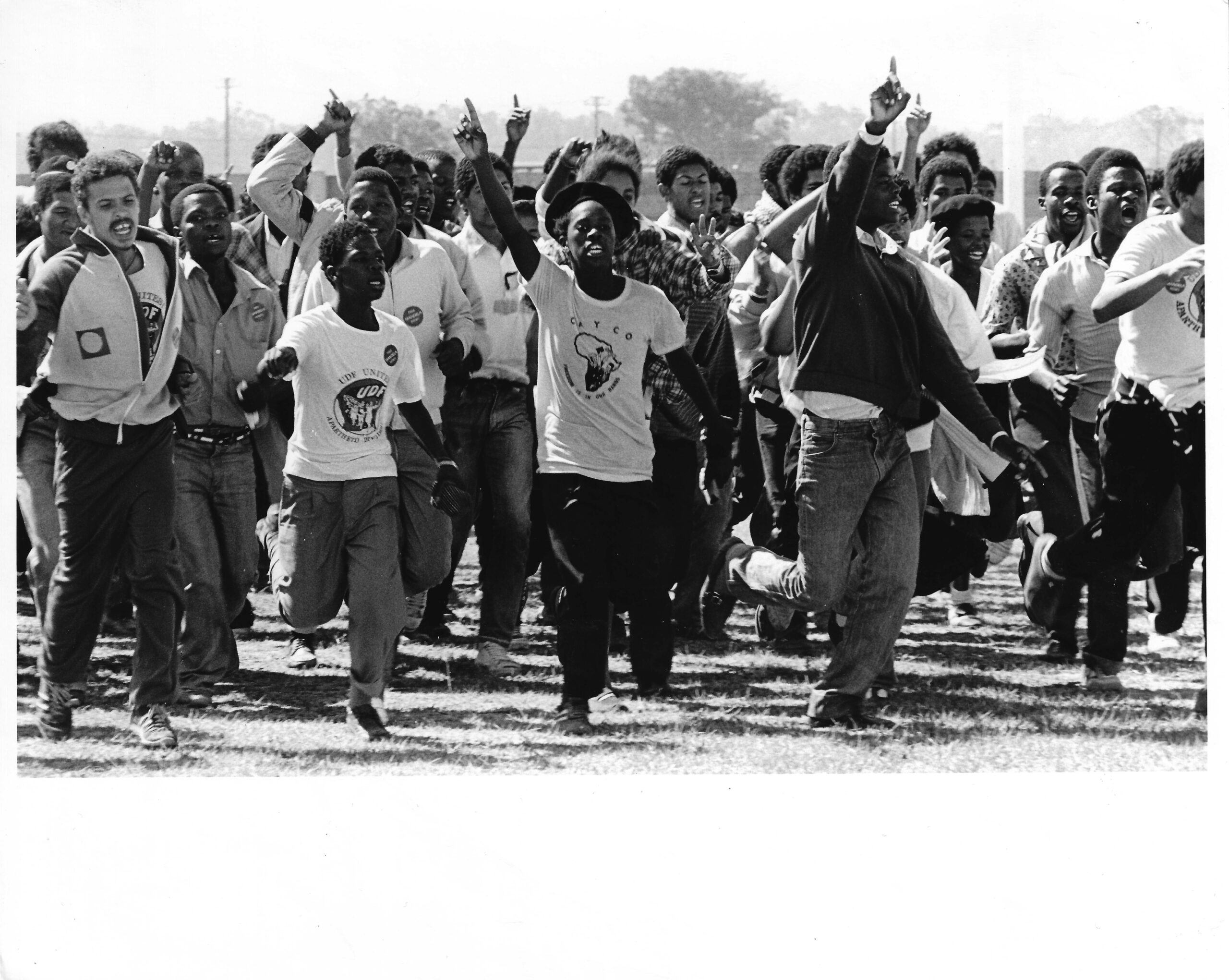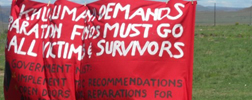The generation of 1976, which shook the word with its grassroots education and mobilisation, has grown up. This generation’s mass movements can learn from its elders
Truth and Reconciliation Commission
The TRC as biopolitical imperative (Part 2: The ‘Tumult Commission’)
In the previous post, I mentioned that Sitze (2013) argues that the TRC had its jurisprudential origins (or precedents) in “colonial sovereignty and governmentality”. I discussed how Sitze argues that the indemnity convention originated in the theory of parliamentary (political) sovereignty of Dicey’s English constitutional law. I then discussed how the indemnity convention, as an […]
The TRC as biopolitical imperative (Part 1: Indemnity)
Now that 20 years have passed since the TRC undertook the complex task of promoting national unity and reconciliation, it is an opportune moment to reflect on its legacy. In an as yet little known book, The Impossible Machine: a genealogy of South Africa’s Truth and Reconciliation Commission, published in 2013, Adam Sitze targets much […]
Peace is not an event
Over the weekend I watched Particle Fever, a documentary that follows six of the 10 000 scientists who joined forces to build the Large Hadron Collider and find the so-called “god particle”. It was a long-term experiment initiated in the 1990s that was successfully completed in 2013, nearly 50 years after the existence of the particle […]
The search for truth and reconciliation in Colombia
By Stephen Buchanan-Clarke Negotiators from both sides of Latin America’s longest running war met in Havana, Cuba, recently. In an encouraging movement towards a final peace agreement, which could help bring to a close a conflict that has claimed an estimated 220 000 lives, the Colombian government and the Revolutionary Armed Forces of Colombia (Farc) have […]
The unfinished business of the TRC
Acting on the recommendations of the Truth and Reconciliation Commission (TRC), in 2003 the President’s Fund was set up to provide comprehensive reparations programmes for victims of apartheid crimes. It was intended to restore and repair the damaged lives of those who stood for justice against the apartheid regime. This was to be done through […]




